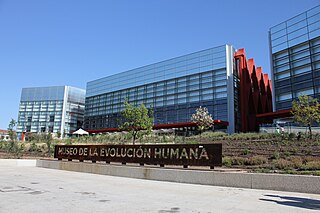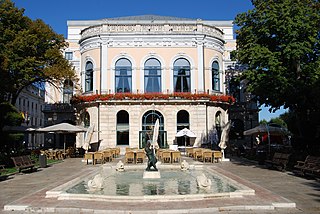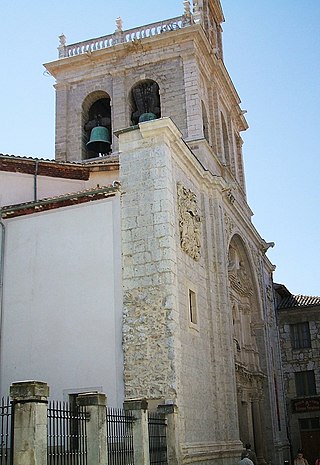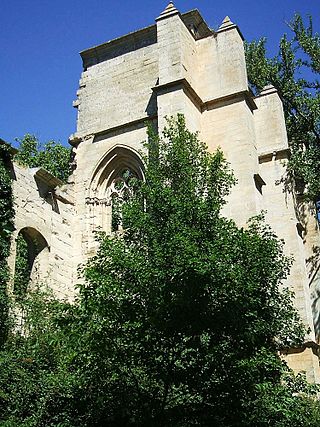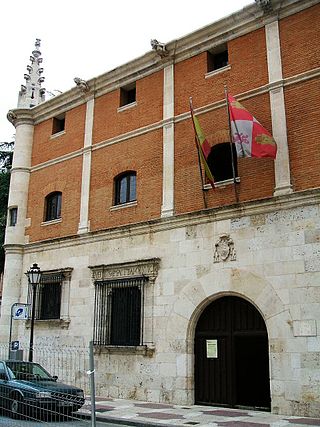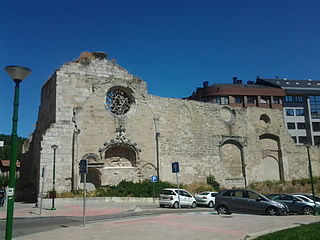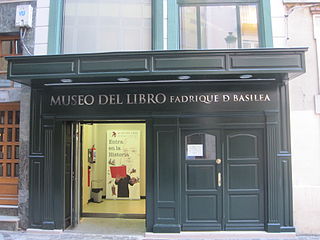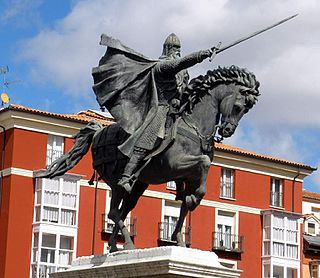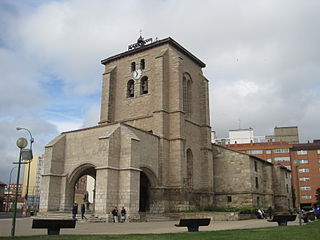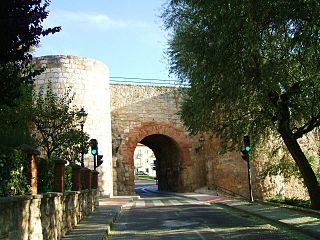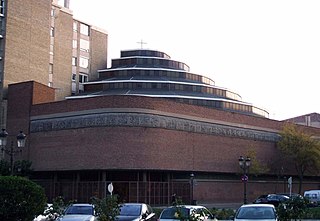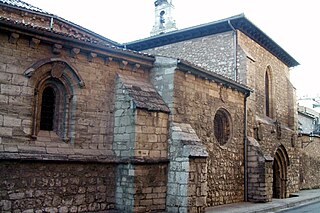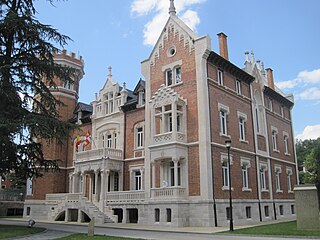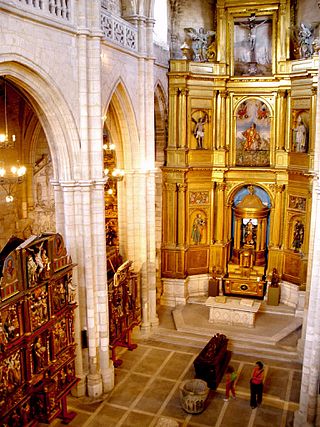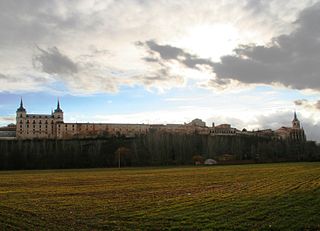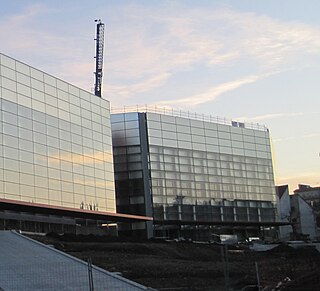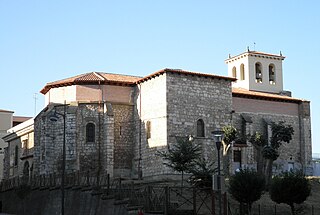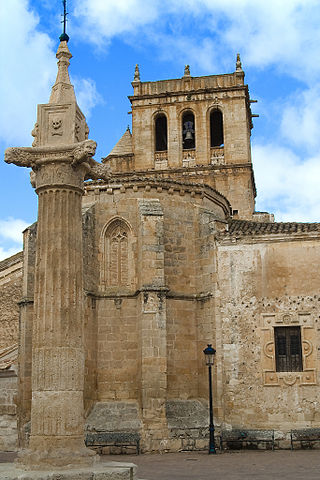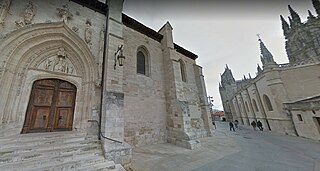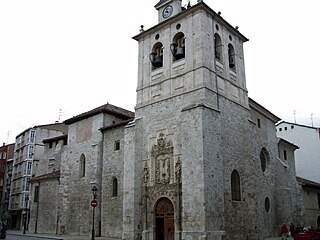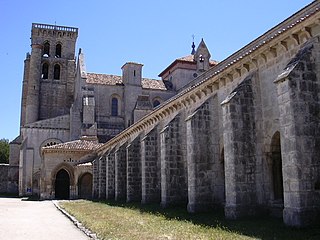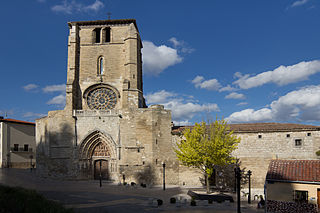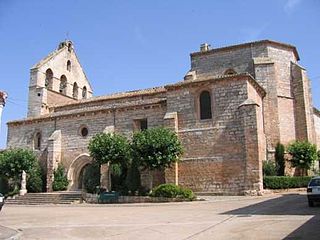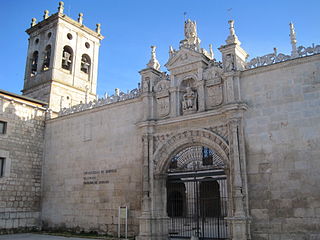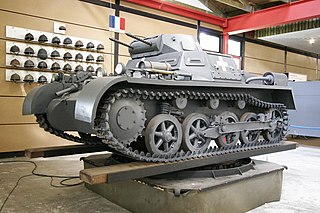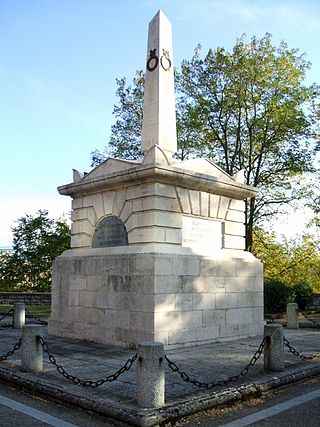29 Sights in Burgos, Spain (with Map and Images)
Legend
Premium Sights
Book tickets, guided tours and activities in Burgos.
Guided Free Walking Tours
Book free guided walking tours in Burgos.
Explore interesting sights in Burgos, Spain. Click on a marker on the map to view details about it. Underneath is an overview of the sights with images. A total of 29 sights are available in Burgos, Spain.
Sightseeing Tours in BurgosActivities in BurgosThe Museum of Human Evolution is situated on the south bank of the river Arlanzón, in the Spanish city of Burgos. It is located roughly 16 kilometers west of the Sierra de Atapuerca, the location of some of the most important human fossil finds in the world. In addition, the Archaeological site of Atapuerca, which was declared a World Heritage Site in 2000, has yielded some of the exhibits at the museum.
The Teatro Principal de Burgos is a building from the Elizabethan era located at the beginning of the Paseo del Espolón, next to the palace of the Provincial Council. Construction began in 1843 by the architect Bernardino Martínez de Velasco, under the direction of Francisco de Angoitia, and was inaugurated in 1858. From its inauguration until 1956 it hosted a large number of concerts and shows. In the same building was the so-called Recreation Hall. After the 1997 renovation, carried out under the direction of the architect José María Pérez González ('Peridis'), the building recovered its dance, theatre and music activity, managed by the Municipal Institute of Culture of the City of Burgos.
3. Iglesia de San Lorenzo
Iglesia de San Lorenzo el Real is a Baroque church in Burgos, Spain. It is located on Calle Almirante Bonifaz. San Lorenzo was originally a Jesuit church, built between 1684 and 1694 to replace an earlier building of more modest proportions. The work was financed and sponsored by Francisca de San Vítores and erected by Bernabé de Hazas and Francisco del Pontón. After the expulsion of the Jesuits in the late eighteenth century, the church became a parish church. Since its creation in 1945, the church has been the seat of the Brotherhood of Coronación de Espinas y de Cristo Rey.
4. Real monasterio de Nuestra Señora de Fresdelval
The Royal Monastery of Nuestra Señora de Fresdelval was a Jerome monastery founded in the 15th century and located near the city of Burgos (Spain), specifically between the towns of Villatoro, Quintanilla Vivar and Villayerno Morquillas. Excloistered and in a dilapidated state, the old monastery belongs to a private property. It was declared an Asset of Cultural Interest, then a National Monument, on June 3, 1931. Subsequently, in 2009, the delimitation of the monument was extended.
Wikipedia: Real monasterio de Nuestra Señora de Fresdelval (ES)
5. Burgos Museum
The Burgos Museum, formerly known as the Provincial Archaeological Museum, has its dependencies in two contiguous palaces of the 16th century, the house of Miranda and the house of Íñigo Angulo, forming an apple between the streets Calera and Miranda, in the city of Burgos ( Spain). The museum collections have an exclusively bourgeois origin, by origin or destination, and show the historical and cultural evolution of the province.
6. Monasterio de San Francisco
The monastery of San Francisco de Burgos was a Franciscan convent located in the city of Burgos, Spain, of which only a few ruins are currently preserved to prevent landslides and the loss of the historical remains that remain. According to tradition, it was founded by Saint Francis of Assisi in 1213, having previously obtained the approval of King Alfonso VIII of Castile, although this has been questioned by numerous historians.
7. Casa de Miranda-Museo de Burgos
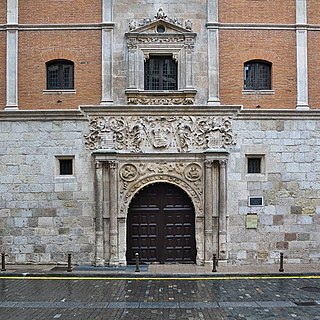
The Casa de Miranda is a Renaissance palace in the Spanish city of Burgos located in an urban space on Calle Calera, built in 1545 to serve as the residence of the canon of the cathedral, abbot of Salas in this same cathedral and apostolic prothonotary, Francisco de Miranda Salón y España, son of Pedro de Miranda Salón and Isabella of Spain y Castillo. The building was probably directed by the architect Juan de Vallejo.
8. Museo del Libro Fadrique de Basilea y Museo del Cid
The Fadrique Book Museum in Basel, also known simply as the Book Museum, was a museum space located in the Spanish city of Burgos. Its structure and works made it unique in the national territory. The Museo del Cid was located in the same building. As of June 2022, its collections are housed in the Book Museum located in the Archive of the Adelantamiento de Castilla, located in the town of Covarrubias (Burgos).
9. Estatua del Cid
The Monument to El Cid Campeador is an equestrian statue located in the city of Burgos, Spain, and represents Rodrigo Díaz de Vivar, a Castilian military leader who came to dominate the Levant of the Iberian Peninsula at the head of his own mesnada at the end of the 11th century. It is the work of the famous sculptor Juan Cristóbal González Quesada, and was inaugurated by General Franco on July 23, 1955.
10. Iglesia de Santa María la Real y Antigua de Gamonal
Iglesia de Santa María la Real y Antigua de Gamonal is a church in Burgos, Spain. The Gothic structure dates to the 14th century, although there is evidence of an earlier church dating back to the eleventh century, when King Alfonso VI moved his seat from the destroyed city of Oca of the Auca diocese in 1075. It became a Bien de Interés Cultural listed building on 3 June 1931.
11. Muralla de Burgos
The wall of Burgos is a defensive fence that surrounds part of the historic center of the Spanish city of Burgos. Its current structure dates back to the late Middle Ages. From the eighteenth century onwards it began to be progressively demolished at certain points, but several important sections and gates have been preserved, as well as some towers and isolated canvases.
12. Iglesia del Carmen
The Iglesia del Carmen de Burgos is a Catholic parish church built in Burgos, Castile and León, Spain. It is a modern building, built in 1966–1968, replacing a demolished baroque building. It is located at the intersection of Paseo del Empecinado with Calle del Carmen, between the Arlanzón River and the old railway. The church was inaugurated on 7 July 1968.
13. Iglesia de Santa Clara
The Iglesia del Carmen de Burgos is a nun's convent in Burgos, Castile and León, Spain. It is situated on the corner of Calle de Covarrubias, del Progreso and Santa Clara. It is a Gothic edifice built mostly in the thirteenth century, at the time of its founding, when it was part of the Monasterio de Santa María la Real de Las Huelgas. It dates to 1234.
14. Palacio de la Isla-Instituto Castellano y Leonés de la Lengua
The Palacio de la Isla, located in the Spanish city of Burgos, was built in 1883 by the lawyer and banker Juan Muguiro y Casi in the orchard he had acquired on the Paseo de la Isla, with the intention of spending the summer in the city. His style is romantic with neo-Gothic influences. In 1942, the building was declared an Asset of Cultural Interest.
15. Museo del Retablo
The Altarpiece Museum in Burgos is installed in the Church of San Esteban, without cult today, and belongs to the archbishopric of Burgos. It brings together a collection of altarpieces from the 15th century to the 18th century from various locations in the province of Burgos. It also offers a sample of religious goldsmithing.
16. Puente Santa María
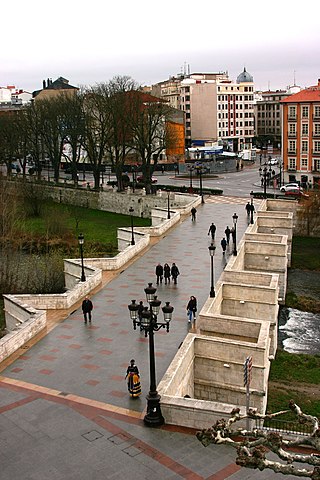
The Santa María Bridge is part of the group of bridges over the Arlanzón River in the Spanish city of Burgos. This bridge has been a key point in the city, as it was used as an access to it, thus becoming one of the emblematic crossings. That is why from the beginning it has been the focus of intensive care.
17. Lerma
Lerma is a village in the province of Burgos, part of the autonomous community of Castile and León, Spain. It has important monuments dating from the 17th century, which were built by the Duke of Lerma. The village is home to the headquarters of the Spanish wine denominación de origen protegida Arlanza DOP.
18. Forum Burgos Evolución
Fórum Evolución is the name of the Palacio de Congresos y Auditorio municipal, a building located in the Human Evolution Complex, in the Spanish city of Burgos. Designed by the Spanish architect Juan Navarro Baldeweg, construction began around 2005, and opened its doors in June 2012.
19. Iglesia de San Pedro y San Felices
The Parish Church of San Pedro y San Felices is a Catholic church built in the 14th century southwest of the Spanish city of Burgos, in a neighbourhood inhabited since the 18th century mainly by farmers. Dedicated to St. Peter and St. Happy, it was also known as St. Peter Saelices.
20. Vadocondes
Vadocondes is a municipality located in the province of Burgos, Castile and León, Spain. It's located in the Ribera del Duero region, on the meander at the start of the River Duero. Vadocondes is about 13 kilometers from Aranda de Duero, in the direction of San Esteban de Gormaz.
21. Iglesia de San Nicolás de Bari
Iglesia de San Nicolás de Bari is a Catholic church on Fernán González street in Burgos, Spain, located next to the Camino de Santiago, behind the Cathedral of Burgos. It is mainly known for having one of the largest altarpieces in Spain and the only one carved in limestone.
22. Iglesia de San Cosme y San Damián
Iglesia de San Cosme y San Damián is a Catholic parish church in Burgos, Spain, on the left bank of the Arlanzón River. It was built in the sixteenth century with a combination of the Late Gothic and Renaissance styles. It was a burial place of featured artists of the time.
23. Museo de Telas Medievales de Burgos
The Museum of Medieval Fabrics, located in the Monastery of Las Huelgas Reales, in the city of Burgos (Spain), is a museum that houses medieval women's, men's and children's civil clothing from the eleventh, twelfth, and thirteenth centuries.
24. Iglesia de San Esteban
Iglesia de San Esteban is a former Catholic church in Burgos, Spain, on the eastern perimeters of Burgos Castle. It was essentially built between the late thirteenth and early fourteenth century. It now houses the Museo del Retablo.
25. Presencio
Presencio is a municipality and town located in the province of Burgos, Castile and León, Spain. According to the 2004 census (INE), the municipality has a population of 238 inhabitants. It contains the Church of San Andrés.
26. Iglesia del Hospital del Rey
The Hospital del Rey was a healthcare establishment for pilgrims and passers-by located next to the Camino de Santiago as it passes through the city of Burgos, it is part of the National Heritage, along with El Parral.
27. Carro de combate
The Panzer I was a light tank produced by Nazi Germany in the 1930s. Its name is short for Panzerkampfwagen I, abbreviated as PzKpfw I. The tank's official German ordnance inventory designation was Sd.Kfz. 101.
28. Santo Domingo de Silos
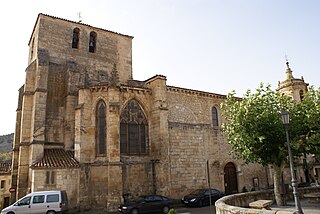
Santo Domingo de Silos is a municipality and town located in the province of Burgos, Castile and León, Spain. According to the 2004 census (INE), the municipality had a population of 292 inhabitants.
29. El Empecinado
The Mausoleum of the Empecinado is a funerary monument that contains the mortal remains of the guerrilla Juan Martín Díez, el Empecinado, Spanish soldier and hero of the Spanish War of Independence.
Share
Disclaimer Please be aware of your surroundings and do not enter private property. We are not liable for any damages that occur during the tours.
